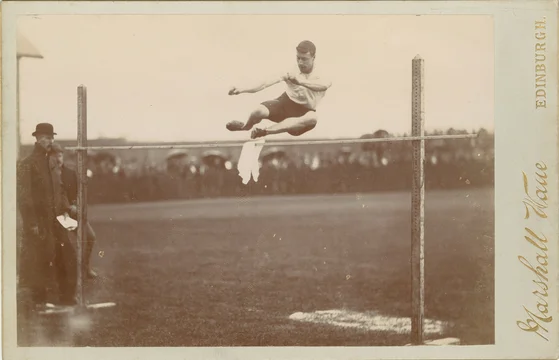
Last month, Judge Williams granted a permanent injunction in Natera Inc. v. ArcherDX, Inc., C.A. No. 20-125-GBW (D. Del. Nov. 21, 2023). The Court unsealed the opinion on Friday, and I thought there were enough interesting things about it to warrant a short post.
The Court granted the injunction only in part, and permitted the defendant to continue using the personalized cancer monitoring product, referred to as "PCM," for "ongoing clinical trials, for updating old studies undergoing peer review, and for limited quality control." The parties also agreed that the injunction should exclude use of PCM for "the few patients using PCM as of the effective date of this injunction."
As to other uses of PCM, the Court found that the plaintiff could suffer irreparable harm even though it does not sell a product that practices the patent:
Second, that Natera does not practice the invention does not disprove irreparable injury. "Although a patentee's failure to practice an invention does not necessarily defeat the patentee's claim of irreparable harm, the lack of commercial activity by the patentee is a significant factor in the calculus." High Tech Med Instrumentation, Inc. v. New Image Indus., Inc., 49 F.3d 1551, 1556 (Fed. Cir. 1995). Here, the patentee does have commercial activity, and the two companies are direct competitors. . . . This case is thus unlike the genre of cases dealing with non-practicing entities, since there is a clear record of commercial and irreparable harm to Natera's business model. See Presidio, 702 F.3d at 1363 ("Even without practicing the claimed invention, the patentee can suffer irreparable injury.").
The defendant also tried to use the fact that it could design a non-infringing product to show that purchasing decisions are not driven by the patented technology. The Court rejected that idea:
Invitae's allegations that it was able to design a non-infringing design-around do not weigh against a finding of irreparable harm. Invitae argues that, because it was able to design-around the patented technology with accurate tests, Natera failed to show a "nexus" between the technology and purchasing decisions. . . . However, the Court has not analyzed whether Invitae's new technology is non-infringing, nor if it is equally accurate. Also, all Natera needs to do is show that there is "some connection between the harm alleged and the infringing acts." Apple Inc. v. Samsung Electronics, 809 F.3d 633, 640 (Fed. Cir. 2015). Natera has demonstrated that its patented technology aided accuracy of tests, and Invitae's own expert conceded that the implementation of the patented technology was "extremely valuable" in PCM.
You can read the opinion below. Overall, it didn't sound like a close call, and Judge Williams did not seem hesitant to grant an injunction—which is a useful data point for future cases.
If you enjoyed this post, consider subscribing to receive free e-mail updates about new posts.



